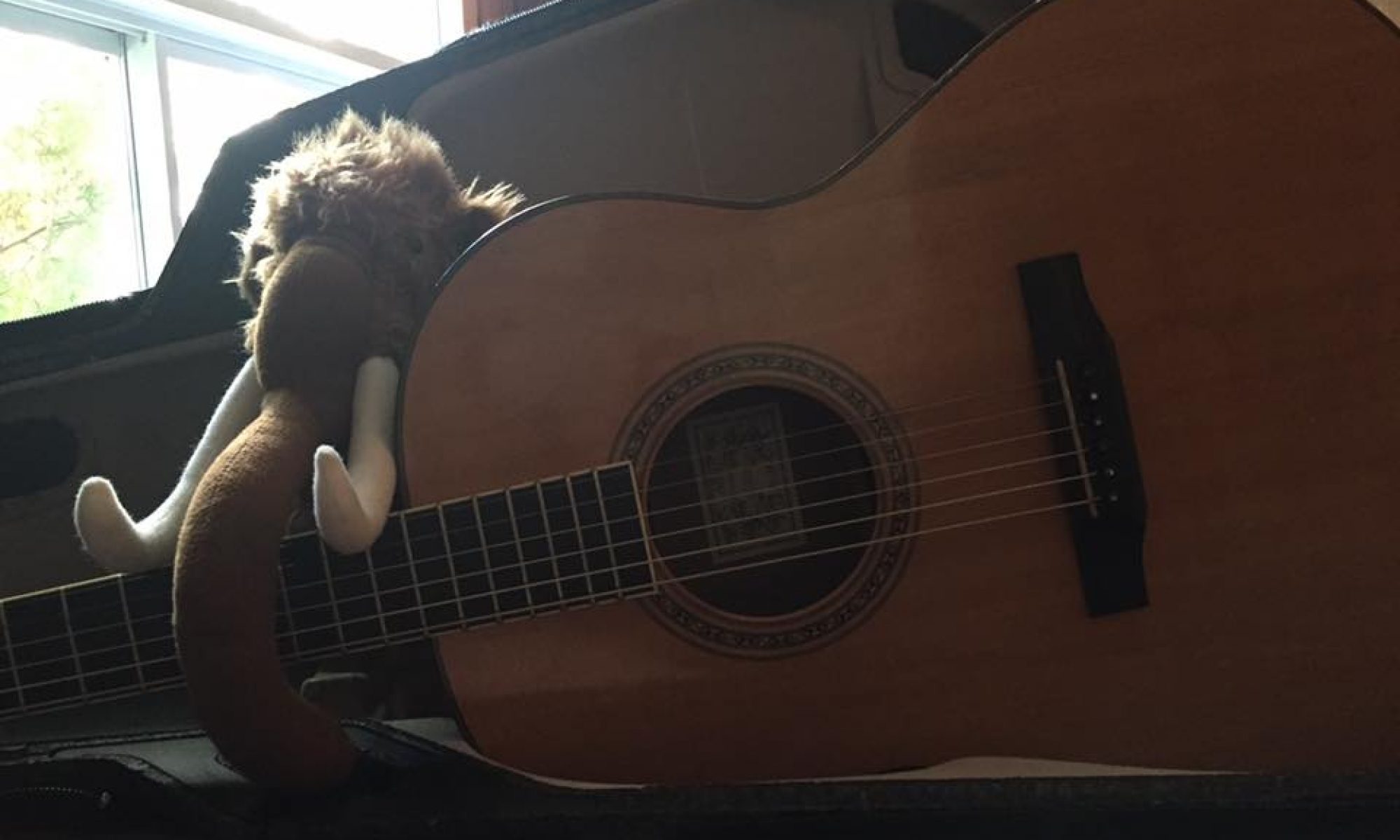Time practiced
10 minutes
Scales practiced
- One octave G
- One octave D
- One octave A
- Two octave G
- Two octave A
Arpeggios practiced
- One octave G
- One octave D
- One octave A
- Two octave G
Techniques practiced
- Paying attention to keeping my elbow moving when coming down on string crossings
- Singing my bow directions to myself to underscore which way I want to be bowing in a passage
- Working on where to put slurs in a passage
- Working on possible double stops in a passage
Tune practiced
Blarney Pilgrim just by itself, this time.
Commentary
The most interesting thing about today’s practice was reviewing Blarney Pilgrim, and two overall things about that:
- Trying to figure out where to put the slurs I want in the B part
- Actually playing with double stops in the C part
And in regards to the second of these–the way the C part goes is that there’s this pair of triplets that starts off the phrase, A-D-D, B-D-D.
I often hear these triplets played as short, punchy notes, to give emphasis and drama to that part of the tune. And I thought: hey. Can I play double stops here? Because it’s mostly open strings, except for that B.
So I tried that, two different ways:
- Double stop landing on the A and B in both triplets
- Playing the A and B each as single strings, then doing double stops on the Ds
I think, but am not entirely sure, that I like the second way better. I gotta play with this more and see if I can do it reliably.
This is not the first time I’ve specifically figured out a place where I feel like I can do double stops in a tune–that actually goes back to me figuring out the tail end of how Bob Hallett in Great Big Sea comes out of Salmon Tails Up the Water, when they play that tune as a bridge for Jolly Butcher.
However, it feels notable here. Because this is part of regular practice and investigation of how to make a tune sound cooler, and I’m starting to feel like I’m beginning to get the tools and understanding necessary to actually do that.
